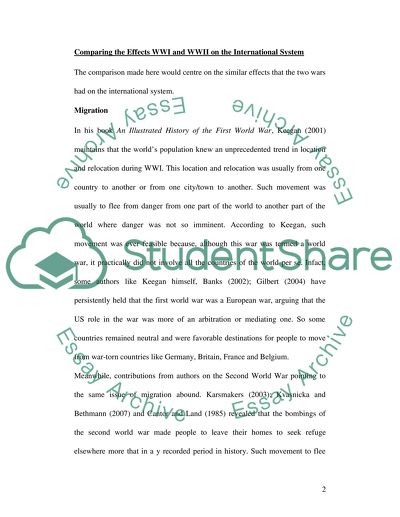Cite this document
(The Similarities and Differences of World War One and World War Two Term Paper, n.d.)
The Similarities and Differences of World War One and World War Two Term Paper. Retrieved from https://studentshare.org/history/1544360-compare-and-contrast-the-effects-of-the-first-and-second-world-wars-on-the-international-system
The Similarities and Differences of World War One and World War Two Term Paper. Retrieved from https://studentshare.org/history/1544360-compare-and-contrast-the-effects-of-the-first-and-second-world-wars-on-the-international-system
(The Similarities and Differences of World War One and World War Two Term Paper)
The Similarities and Differences of World War One and World War Two Term Paper. https://studentshare.org/history/1544360-compare-and-contrast-the-effects-of-the-first-and-second-world-wars-on-the-international-system.
The Similarities and Differences of World War One and World War Two Term Paper. https://studentshare.org/history/1544360-compare-and-contrast-the-effects-of-the-first-and-second-world-wars-on-the-international-system.
“The Similarities and Differences of World War One and World War Two Term Paper”. https://studentshare.org/history/1544360-compare-and-contrast-the-effects-of-the-first-and-second-world-wars-on-the-international-system.


